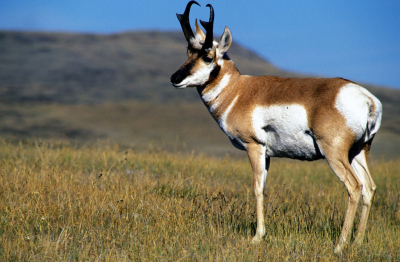
1. Plant a garden:
It will help you learn about botany and the science of plant growth. You can begin by planting a vegetable or flower sapling or sowing some seeds.
2. Build a simple machine:
Use household items to create a lever, pulley, or other simple machine and demonstrate how they work.
3. Make slime:
Learn about the science of polymers by making slime together in class.
4. Conduct a science experiment:
Choose a simple science experiment, such as growing crystals or making a balloon rocket. Take help from your teachers to conduct it and understand the results.
5. Create a nature Scavenger hunt:
Explore the natural world by creating a scavenger hunt that highlights different plants, animals, and insects.
6. Visit a science museum:
Take a trip to a science museum (if there is one in your city or town) or planetarium to learn about a wide range of topics.
7. Conduct a star gazing session:
Discover more about astronomy by conducting a star gazing session on a clear night with your friends.
8. Experiment with magnets
Use magnets to explore the concepts of magnetism and electric currents.
9. Make a tornado in a bottle:
Demonstrate the science of air pressure and tornadoes by making a tornado in a bottle. It's simple, look it up online and do it.
10. Create a weather station:
Explore the science of meteorology by creating a simple weather station to measure temperature, precipitation, and wind speed.
Picture Credit : Google







